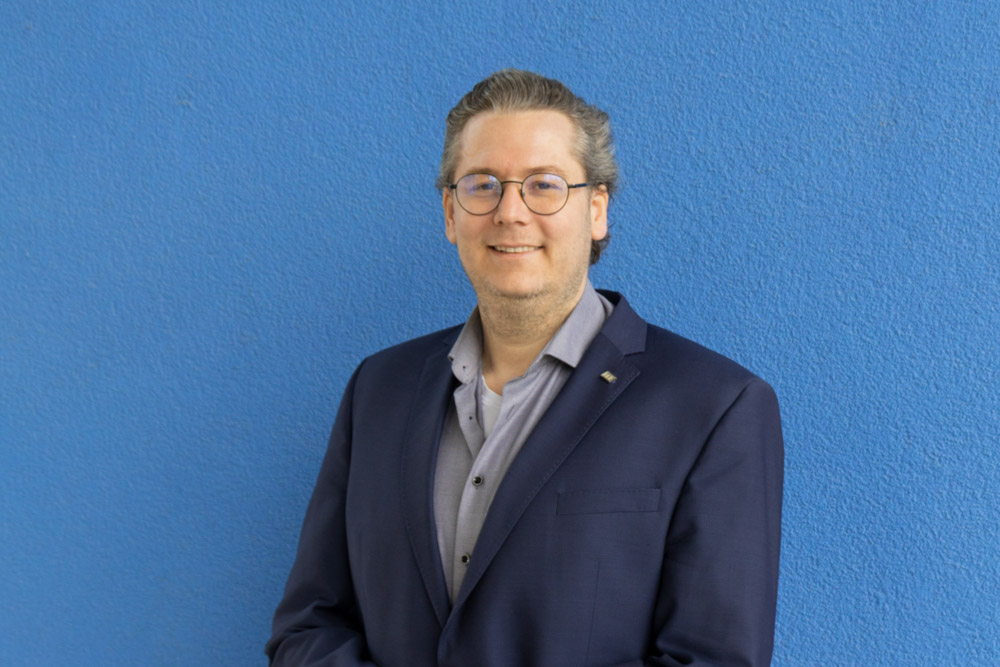
Prof. Dr. Tim Weber, Dipl.-Ing.(FH)
- classical statistical methods
- machine learning
- SensorLab
Professor
Professor Big Data and Production Management
Bürozeiten
Monday, 10.00 - 11.00
consulting time
Monday, 10.00 - 11.00
Exam review:
- Period: October 13, 2025 - October 31, 2025
- During office hours
- By prior appointment via email
- Third attempts: prior appointment possible by email registration
labs
SensorLab
Research and teaching areas
- Big Data and Production Managment
- Design of Experiment
- Production Statistics
- Machine Learning in production
- SixSigma
- failed part analysis of mechanical and electronical components and -assemblies
Vita
professorship
Big Data and Production Management (2024 - )
professional experience
- Leiter Werkstofftechnik, Analyse- und Werkstofftechnik (RD), Zollner Elektronik AG
- Postdoctoral Research Fellow, OTH Regensburg
doctorate
cooperative doctorate:
- University of Groningen
- Laboratory for Biomechanics, OTH Regensburg
- Chair of Orthopedics and Trauma Surgery, UKR Regensburg
academic studies
- Mechanical Engineering (Research and Development), OTH Regensburg